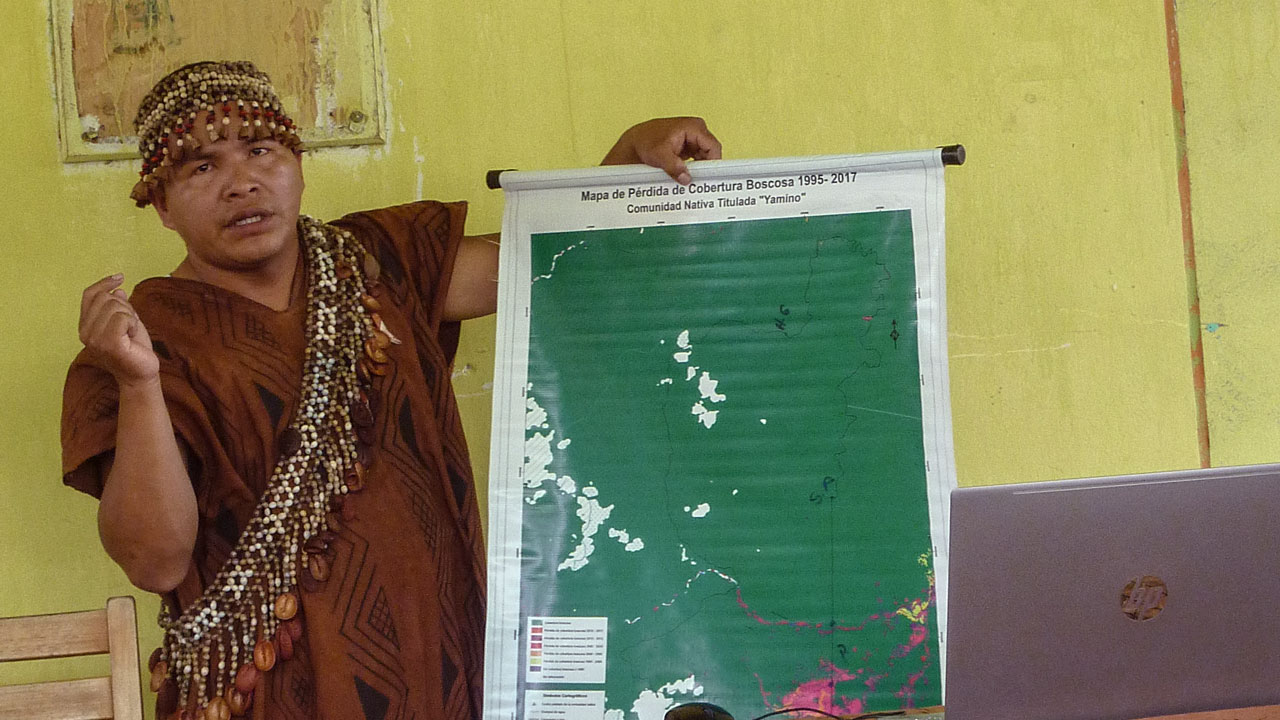
This article was originally published on Climatelinks.
Worldwide, local communities in the tropics and subtropics control 22 percent of the forest carbon in those regions. For several decades, development organizations have promoted sustainable forest use approaches to help communities manage these forests. One such approach is the establishment of CBFEs that sell forest products or services.
CBFEs are social enterprises created to address community problems by generating and distributing revenue, with the additional goal of long-term forest use. But, beyond a handful of CBFEs in Guatemala and Mexico with large endowments, factors leading to success and reasons for failure are rarely well documented. What do these and other experiences tell us about how to strengthen and scale CBFEs?
In middle- and lower-income countries, governments control more than 60 percent of forest lands, but have had limited success managing them sustainably. Many of those governments have been unable to balance competing land use policies and practices that promote both extraction and conservation. Many countries like Mexico and Brazil have responded to losing the forest protection battle by developing decentralized forest policies that give communities authority to manage the forests on which they depend.
Today, CBFEs still face the challenges of competing with less sustainable activities, such as illegal logging and clearance for agriculture, and of meeting communities’ socio-economic needs. Some researchers say slow uptake is related to forestry policies that local governments and communities do not have the resources and capacity to implement. Others talk about development practitioners promoting businesses that are not based on a commercially valuable product, don’t reflect the needs or desires of communities, or require technical and business skills that are out of most communities’ reach.
To better understand why community forestry has not always performed well, the U.S. Agency for International Development (USAID) Productive Landscapes project carried out a global assessment of the literature on CBFEs. The project identified factors and strategies common to successful CBFEs and lessons that emerge from less successful CBFEs, focusing in on the fundamental conditions required for their development:
- Secure rights to manage and sell a forest product or service and support long-term CBFE investment
- Communal forest and enterprise governance and management that provide leadership, technical knowledge, accountability, and financial integrity
- A viable social enterprise model that produces financial benefits for reinvestment and provides economic or social benefits to the community
- Value chain partnerships—with government, donors, civil society, and the private sector—for funding, technical support, and market access
Proponents of community-based forest enterprises should:
- Design interventions that recognize the need for long-term investment and incorporate the societal benefits that CBFEs provide when calculating investment needs
- Design CBFE investments adapted to existing land-use policies but support investments that strengthen more favorable policy and its effective implementation
- Invest in community forest governance structures and CBFE staff capacity so that accountability mechanisms are in place
- Invest in building relationships between CBFEs and private-sector businesses
- Recognize that not all CBFEs will succeed and set expectations and targets accordingly
- Invest in social safeguards and alternative income opportunities for poorer community members to improve equitable benefit distribution from CBFEs
Selling timber through CBFEs can help maintain forests if these conditions are met. To improve CBFE interventions and speed their scaling-up, development organizations need to better learn from the wealth of past experiences.
About the authors
Mark Donahue
Mark Donahue is a senior associate with Tetra Tech’s International Development Group and served as Chief of Party for USAID ProLand.
He has more than 18 years of experience managing sustainable forestry, agriculture, and biodiversity and wildlife conservation projects in the developing country context in Latin America, Africa, and Asia. He holds a Master of Science in Environmental Design and Rural Development from the University of Guelph in Ontario, Canada, and speaks fluent Spanish.
Ian Deshmukh
Ian Deshmukh first worked as an academic, then as a development practitioner in ecology, conservation, and natural resources management.
He has worked for Tetra Tech since 1985 in various full-time and intermittent capacities, including more than 15 years on long-term overseas projects in Africa, Southeast Asia, and Eastern Europe. He holds a Ph.D. in Ecology from the University of Dundee in Scotland.